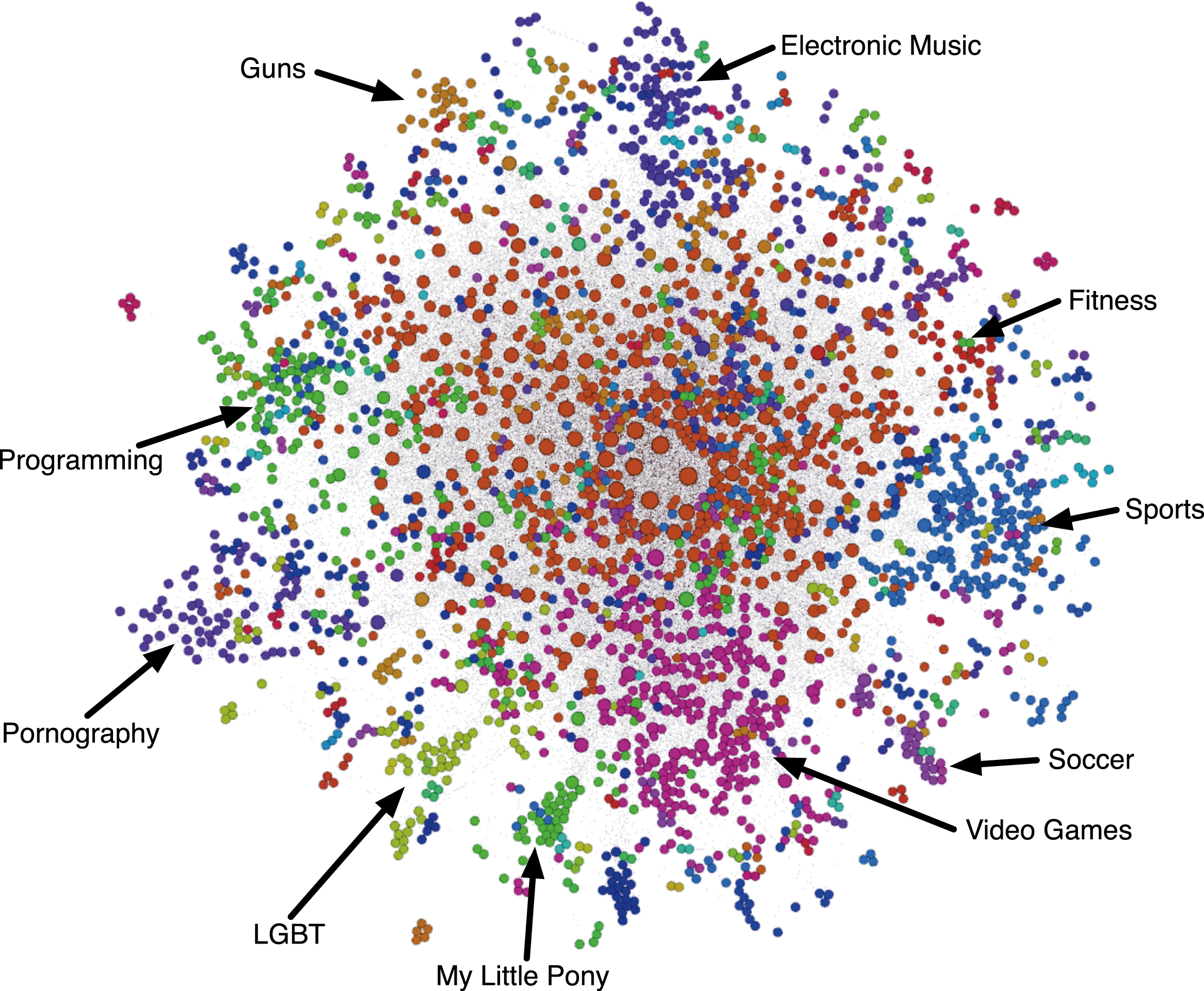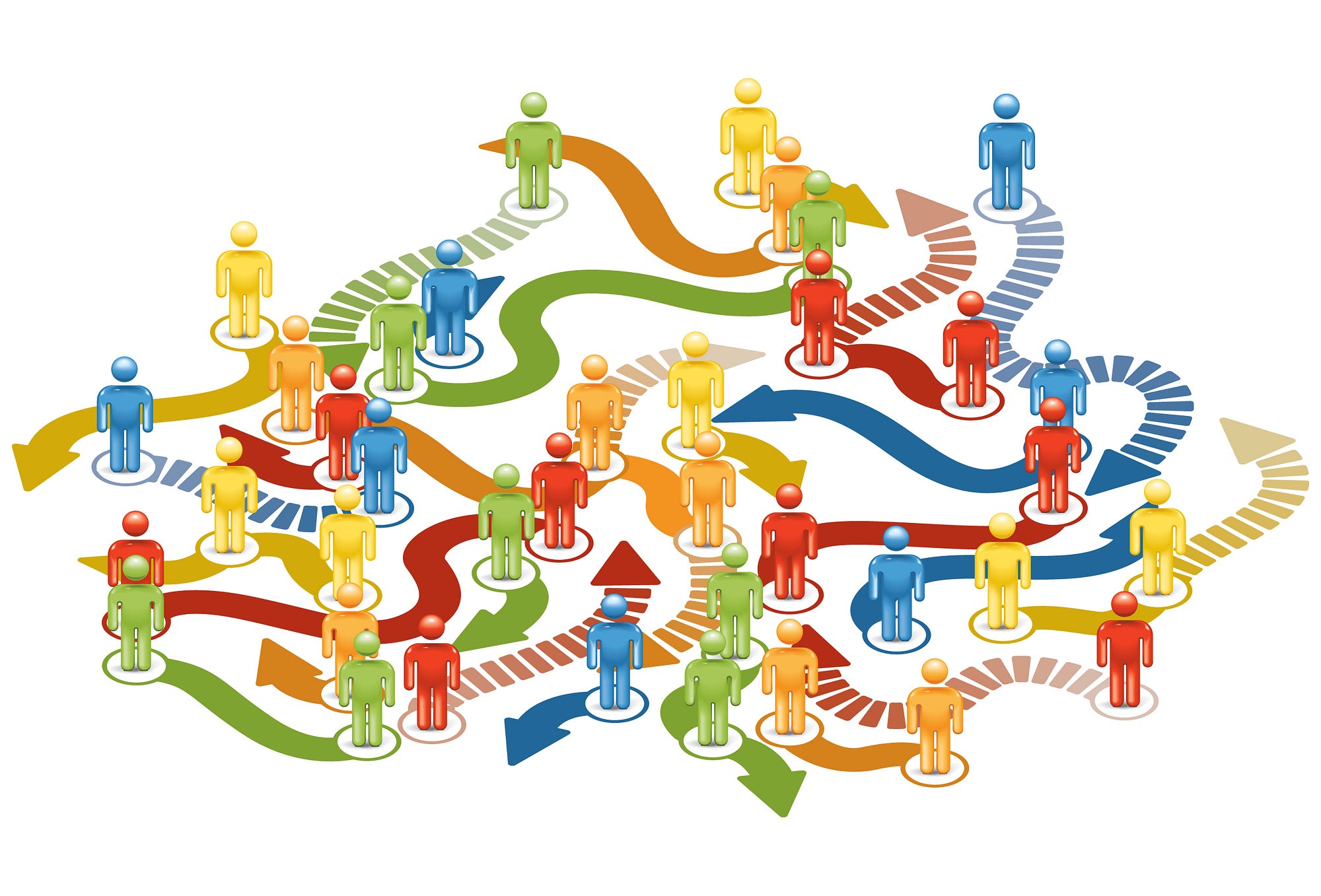 All the materials of
this week definitely is new for me and now I understand that network is a
collection of entities and relationships among them and it is a social structure made up
of entities and their relationships. Networks are in our lives. The old days,
our relatives, friends, colleagues and all kinds of relationships but no one
ever used any type of tools or documents to analyze them and understand how or
why. The only interesting thing or document I have ever seen is genealogy or
known as family tree that showing how the members of a family are descended and
related.Genealogy is China’s unique
cultural heritage and has a long history. As I was wondering how and what people
would do with the relationships and I found out that actually genealogy is a
precious cultural data and it is an irreplaceable research on history,
demography, sociology and economics unique features.
All the materials of
this week definitely is new for me and now I understand that network is a
collection of entities and relationships among them and it is a social structure made up
of entities and their relationships. Networks are in our lives. The old days,
our relatives, friends, colleagues and all kinds of relationships but no one
ever used any type of tools or documents to analyze them and understand how or
why. The only interesting thing or document I have ever seen is genealogy or
known as family tree that showing how the members of a family are descended and
related.Genealogy is China’s unique
cultural heritage and has a long history. As I was wondering how and what people
would do with the relationships and I found out that actually genealogy is a
precious cultural data and it is an irreplaceable research on history,
demography, sociology and economics unique features.
Modern networks are very different
and there are many social media and social networking service companies. We always lived in a connected world, except we were not so much aware of it. For decades we never perceived connectedness as being quantifiable, as being something that we can describe, that we can measure, that we have ways of quantifying the process. With
rapid growth of the internet and the web, global communication, news and all
kinds of information, using
analytics for the management and reporting of network utilization, we can spot
trends and deviations through event correlation and adding context to the
enterprise data model. Analytics-driven service management makes intelligent
infrastructure decisions and optimizes service delivery for the enterprise.
Visualization is a useful technique that represents changes or
trends of information and network analysis and we have learned the different
ways of networks layouts that can be used to explore datasets, communicate
ideas emerging from data, and understand the data and to take action on it.

References:
1.
Ram, Sudha. Introduction to Networks. MIS 587 Business
Intelligence
2.
“Automation and analytics play key role in modern networks”. March
14, 2016
3. “Thinking In Network Terms” Sept. 24, 2012. https://www.edge.org/conversation/albert_l_szl_barab_si-thinking-in-network-terms
2.
Ram, Sudha. “Introduction to Network Visulaization”. MIS 587
Business Intelligence.


I really like how you designed your blog posts, with the transparency setting of your background, the colours of your images, your layout, use of space and the conciseness of your posts.
ReplyDeleteIn the past, most connections were based on history/usage and demographics, with voting, feedback and other applications focused on limited datasets. Now, it appears that we're looking forward to prediction more and more (focused on probability) instead of looking backward to just understand the past (through more traditional statistics).
As we cast the net further and wider, networks are colliding, overlapping and intermingling. Perhaps everything is connected, and we could visualize that more clearly as we grow in our capability and capacity.
Automation, AI and quantum computing should help immensely in that regard. However, the analysts, scientists and managers will still play the most important roles in the data analytics process.
Modern social networks are unique beasts, headless creatures that mainly exist in imagination but can do good and have positive impact in the real world from time to time.
Event correlation could provide insight, as we observe and monitor trends. However, did things happen just containing those factors or did the events occur due to those factors? That may be impossibly difficult for any observer or analyst, as the real world rarely offers anything close to a controlled environment where we could scientifically analyze all of the necessary elements. In board rooms and in certain offices, certain subjects may be pulling the strings. However, in most networks, we may be content to see which nodes/subjects have the most centrality and influence (as well as which paths have the most prominence and activity).
Its very informative Networks blog post!!!
ReplyDeleteGranular Analytics
Analytics for Micro Markets
Hyper-Local Data
Hyper Local insights